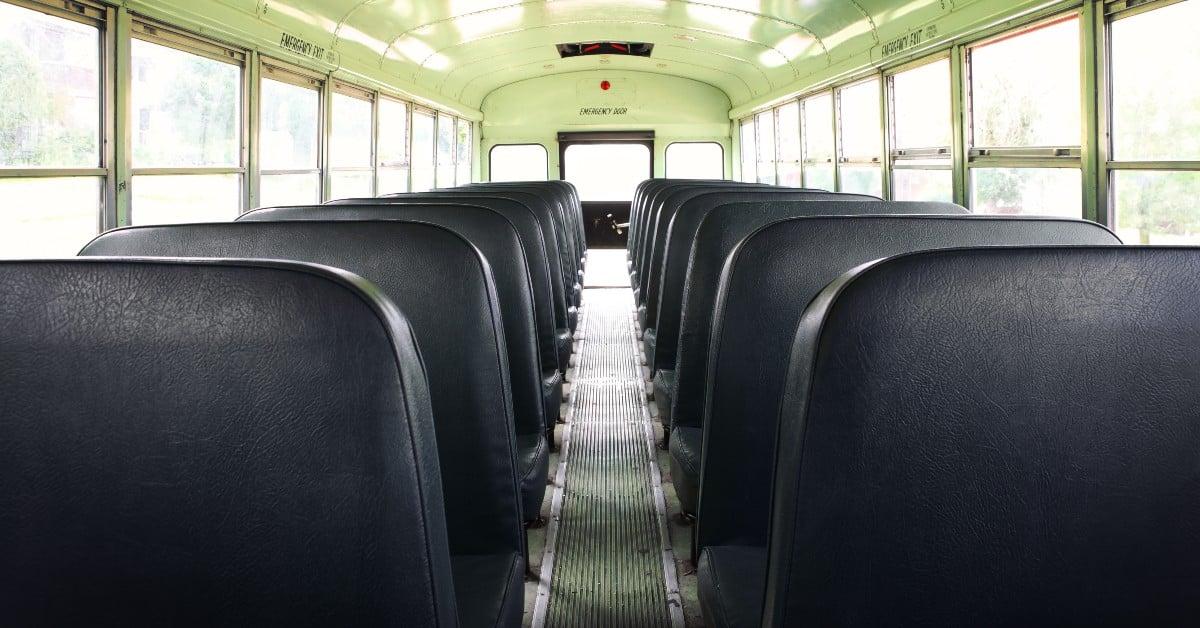4 things you can do to alleviate your school bus driver shortage
Transportation directors everywhere know one thing for sure: the
school bus driver shortage has only gotten worse since COVID-19. Many of these directors have been left wondering: How are we going to staff these school buses?
Here at HopSkipDrive, we’ve been watching this shortage very closely, too. (Check out our
2022 State of School Transportation Report for some relevant data, if you haven’t already.) Across the country,
schools have been trying many different things to alleviate issues related to the bus driver shortage.
This article will touch on four ways to ensure your students get to and from school.
Try out some unusual in-person recruiting tactics.
Gone are the days when you could simply post a classified ad for a bus driver, then field a handful of ultra-qualified candidates. Recruiting bus drivers is hard work, mainly because these drivers need a commercial license — and must be willing to take on a shorter shift.
“It’s hard to find individuals that would like to drive a school bus. Only being able to offer a contract for five hours a day is a major factor,” said one director of transportation in our
State of School Transportation Report.
One article in the
MinnPost touched on some of these unconventional ways. Yes, bus companies invested in more advertising at events and local fairs—but that’s not all. One company even parked a bus outside a coffee shop, inviting locals aboard to tell them all the ways school buses have changed.
Another company added “We’re hiring” banners to buses around town. You can also try reaching out to people who’ve just retired directly, letting them know that a part-time job as a school bus driver is full of benefits and rewards.
Other recruitment tactics? Digital campaigns, including Facebook ads, search advertising on platforms like Google, and sponsored posts on job search websites.
Pay for training and offer hiring incentives—and perhaps make the job more attractive.
When an applicant pool is small,
hiring incentives can make all the difference. And paid training is one of the best benefits you can offer potential bus drivers. These days, more and more bus companies are offering compensation for bus drivers.
What’s covered? That’s different for every company. But you can expect to pay for everything from on-the-road hours to paperwork time to remain competitive. This is a big deal because now, instead of needing to hire somebody ready to drive a bus, bus companies can hire people who are willing to drive a bus—then help get them prepared on the job.
Another way to attract more bus drivers? Hiring incentives like signing bonuses, which are
sometimes $3,000. And some bus companies are taking this a step further—and offering recruitment bonuses to drivers who can help them find new hires, too. Other companies are offering bonuses for retirees to encourage them to come back to work, too.
Another option? Extending benefits to part-time drivers. That way, even a (very responsible) college student who’s only driving 14 or so hours a week can get the insurance, paid-time-off and other benefits they need.
Add younger applicants to your outreach list.
Traditionally, recruiters have sought bus drivers who’ve already retired from their lifelong careers. And while many bus drivers are semi-retired, some experts believe recruiters should be looking elsewhere, too.
Because experienced drivers looking for full-time work are not likely to choose a long-term career as a school bus driver, consider
marketing these open positions as opportunities to gain experience while working part-time. You can even promote the job as supplemental income.
Take a closer look at underutilized routes—or get some help getting more cars on the road.
Most schools have specific routes that are way busier than others. And if you look closely, you might find that it makes more sense to move some of your buses off some routes—and add them to others. For the children who ride less in-demand routes, consider utilizing an alternative school transportation solution.
You may do this already for students designated McKinney-Vento, experiencing homelessness, or with transportation requirements in their IEPs—but you can always implement these non-routine school transportation solutions in place of inefficient routes.
Another option? Getting help exactly when and where you need it.
Alternative school transportation solutions that offer on-demand service can effectively handle overflow at the bus stop. If you can’t get every student on the bus, especially with social distancing regulations, consider using these external solutions to pick up extra pupils.


